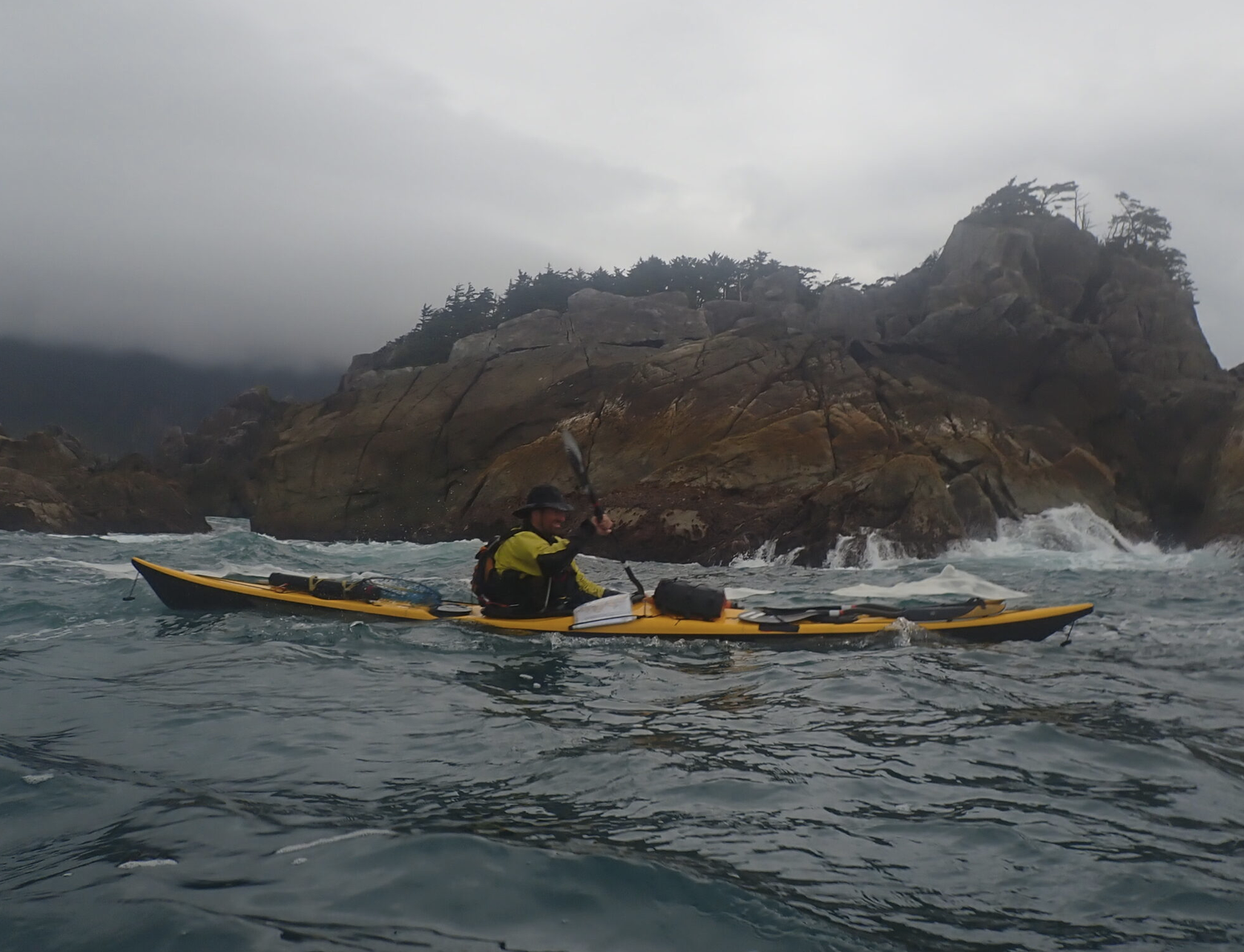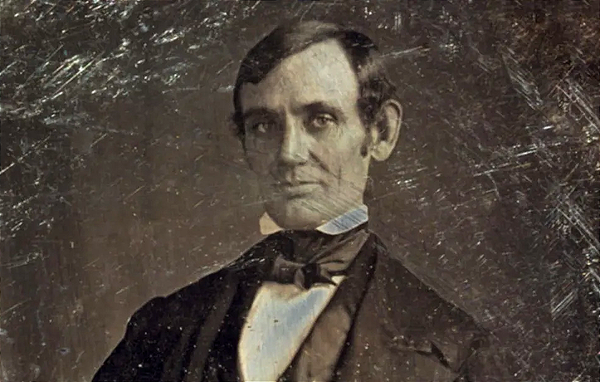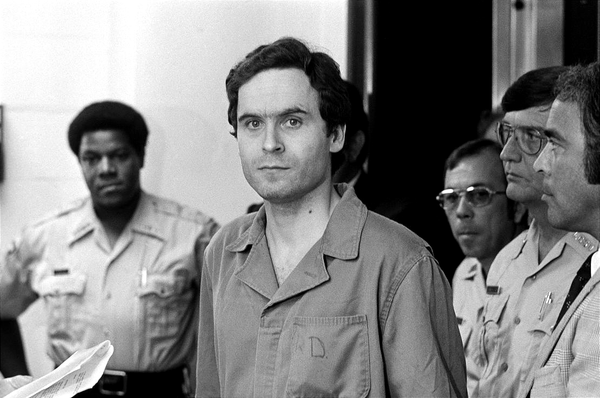The untold story of the world's biggest nuclear bomb

From The Bulletin: "In the early hours of October 30, 1961, a bomber took off from an airstrip in northern Russia and began its flight through cloudy skies over the frigid Arctic island of Novaya Zemlya. Slung below the plane’s belly was a nuclear bomb the size of a small school bus—the largest and most powerful bomb ever created. At 11:32 a.m., the bombardier released the weapon. As the bomb fell, an enormous parachute unfurled to slow its descent, giving the pilot time to retreat to a safe distance. A minute or so later, the bomb detonated. The flash alone lasted more than a minute. The fireball expanded to nearly six miles in diameter—large enough to include the entire urban core of Washington or San Francisco, or all of midtown and downtown Manhattan. Over several minutes it rose and mushroomed into a massive cloud. Within ten minutes, it had reached a height of 42 miles and a diameter of some 60 miles."
An astronaut who returned from space had to go to the hospital but no one is saying why

From Ars Technica: "On October 25, one of the astronauts was hospitalized due to what NASA called an unspecified 'medical issue' after splashdown aboard a SpaceX Crew Dragon capsule that concluded the 235-day mission. After an overnight stay in a hospital in Florida, NASA said the astronaut was released "in good health" and returned to their home base in Houston to resume normal post-flight activities. The space agency did not identify the astronaut or any details about their condition, citing medical privacy concerns. NASA initially sent all four crew members to the hospital in Pensacola, Florida, for evaluation, but Grebenkin and two of the NASA astronauts were quickly released and cleared to return to Houston. One astronaut remained behind until the next day. "I did not say I was uncomfortable talking about it," mission pilot and flight surgeon Michael Barratt said. "I said we're not going to talk about it."
Authorities say a kayaker who was missing for months faked his own death

From the Washington Post: "The first sign that something had happened to Ryan Borgwardt was a call at 5:32 a.m. on Aug. 12 to a sheriff’s office in Wisconsin: The 44-year-old husband and father of three went kayaking the day before and never came home.Deputies went to Green Lake, where Borgwardt had set out to go fishing, Green Lake County Sheriff Mark Podoll said at a news conference. They found his van and trailer near the boat launch on the southwestern part of the lake, the sheriff said. After launching a boat in the water, the deputies discovered a capsized kayak and a life jacket in the deepest part of the lake. Then a digital forensics analyst searched Borgwardt’s laptop, and discovered that Borgwardt had been communicating with a woman in Uzbekistan before his disappearance and had made inquiries about moving money to a foreign bank. He also allegedly replaced the hard drive on his laptop before the trip."
Study finds the special mud rubbed on all MLB baseballs has 'magical' properties'

From NBC News: "For more than 80 years, baseball has relied on a stash of special mud to take the shine off balls’ slick leather and give fielders a better grip. The substance is rubbed on every baseball before every major league game. Called Lena Blackburne Baseball Rubbing Mud, it comes from a single source: a secret spot along the banks of a tributary of the Delaware River. Jim Bintliff, a retired New Jersey printing press operator, collects the mud about once a month from his grandfather’s old fishing hole. He likens its consistency, after processing, to a “cold cream or maybe a stiff pudding.” Despite the mud’s ubiquity, no one had been able to explain the science behind why it makes balls easier to grip — or even provide empirical proof that it worked at all. Until now."
The search for the Titanic was a cover story for a secret mission to find two nuclear subs

From ABC: "When oceanographer Bob Ballard uncovered the world's most famous shipwreck in 1985, he grabbed the globe's attention. But in reality the explorer's search for the Titanic was a cover-up for a top-secret mission for the U.S. government. Ballard revealed that he was hired to use his advanced robotic sub to check on the status of two nuclear submarines, the USS Thresher and the USS Scorpion, that sank in the Atlantic in the 1960s. "The Navy didn't want the Soviets to know they were looking for these subs," Ballard said. The guise of searching for the Titanic's wreckage provided a perfect alibi for the intensified presence of U.S. ships on the Atlantic. Ballard was under strict instructions for two decades not to talk to anyone at the time about the mission."
Gunhild Carling is a Swedish musician who plays jazz on the bagpipes
Gunhild Carling is a Swedish jazz musician and multi-instrumentalist rockin'🎶'Bagpipe Swing' pic.twitter.com/hnBNjfiODQ
— bluesharp (@bluezharp) November 8, 2024
Acknowledgements: I find a lot of these links myself, but I also get some from other newsletters that I rely on as "serendipity engines," such as The Morning News from Rosecrans Baldwin and Andrew Womack, Jodi Ettenberg's Curious About Everything, Dan Lewis's Now I Know, Robert Cottrell and Caroline Crampton's The Browser, Clive Thompson's Linkfest, Noah Brier and Colin Nagy's Why Is This Interesting, Maria Popova's The Marginalian, Sheehan Quirke AKA The Cultural Tutor, the Smithsonian magazine, and JSTOR Daily. If you come across something interesting that you think should be included here, please feel free to email me at mathew @ mathewingram dot com



